
6 November 2025
Sunlight and colour: the hidden drivers of microfiber pollution in the ocean
- Plastics
Leather is a beautiful, high-quality material. Leather handbags and shoes often last for many years. Unfortunately, the production processes involved usually have a significant, adverse environmental impact. In addition, it is often difficult to find out under what circumstances the animals lived and were slaughtered. Many consumers are, therefore, opting for vegan leather, a market that is growing rapidly.
Vegan leather is a material that imitates real leather but is made from either artificial, plant materials or a blend of both instead of animal skins. At COSH, we asked ourselves: is vegan leather better for the environment and animals? You can read our surprising findings below.

Plastics are a common substitute for leather. Popular are polyvinyl chloride (PVC) and polyurethane (PU). These plastics have a wrinkled texture that perfectly mimics the effect of leather. Today, brands often choose PU over PVC because it is more environmentally friendly. Still, producing plastic-based vegan leather requires toxic chemicals, large amounts of water and fossil fuels to process.
Their production and environmentally dangerous extraction methods release additional greenhouse gases into the air, polluting nature and waterways. Moreover, plastics do not biodegrade, making plastic textiles challenging to recycle.

Looking at the environmental impact of production, we can say that vegan leather made from plastics is better for the environment than regular leather. Several studies calculated that the total environmental impact of vegan leather made from plastic would be up to 30% lower than regular leather.
The Higg Index tells us that the environmental impact of plastic leather is only 1/4 of the environmental impact of cow leather. However, the story is different if we look at leather made, for example, from kangaroos. Kangaroo leather is, in fact, more environmentally friendly than plastic-based vegan alternatives. Therefore, this measure highly depends on the type of leather used. However, the leather industry consists mainly of cow leather.
However, the Higg Index will only calculate the environmental impact of the production of a material and does not consider the final finishing of a garment, its use, or its end-of-life cycle. Therefore, its lifespan and recyclability must be considered when calculating the material’s true environmental impact. For example, leather is a high-quality material that becomes more beautiful with age. Plastic, on the other hand, will wear out more quickly. In addition, animal leather is a natural product in contrast to artificial varieties. Therefore, when decomposing, it does not release microplastics in nature.
Despite the high initial environmental impact, we at COSH! opt for high-quality leather that is tanned using plants, can last for years, is easier to recycle and does not burden the environment when broken down.
Once plastics end up in a landfill, microplastics are released during their breakdown. These end up in the groundwater and the oceans and can now be found in the most remote places of our planet. Via the water, these tiny plastic particles end up in fish, jellyfish and all other animals that live in the sea or rivers, ultimately moving all the way to the top of the food chain. Even though vegan leather is supposed to be “animal friendly”, plastic-based varieties will still be harmful to animals and humans.
As an alternative to harmful plastics, vegan leather made from plant fibres is far more planet-friendly and readily available.
Natural products such as cork, coconut, pineapple, apples, cacti, coffee and mushrooms are transformed into fibres and then processed into a leather-like material. The Dutch company Fruitleather even develops leather from mangoes. New innovative vegan leathers are constantly being developed. We list our favourites for you below!
Mirum
Natural Fiber Welding developed a 100% plant-based alternative to leather in 2018: Mirum. No synthetic substances, such as plastics, are involved in its production. In addition, Mirum leather can easily be recycled into the new Mirum – a fully circular approach! Mirum has a similar production cost to vegan plastic alternatives and has a smaller ecological footprint. In addition, Mirum can be made from agricultural waste and plants and is fully biodegradable, making it much better for the environment! In addition to shoes, Mirum can also be used for other leather goods, such as seats and car upholstery.
Cork
Cork grows mainly in southern Europe and is a renewable product. The tree’s bark can be harvested every 9 to 10 years and then grows back. No trees are felled. To regrow its bark, the cork tree will store large quantities of CO2. The cork trees absorb CO2 from the air, converting it into oxygen.
It is the most environmentally friendly alternative to leather! If you are looking for handbags, hats or wallets made from cork, take a look at Captain Cork.
BioFluff
BioFluff is a unique vegan leather designed to replicate the softness and insulation of animal fur. Derived from agricultural byproducts, this material stands out for its fluffy texture and eco-friendly qualities. Unlike traditional vegan leathers, BioFluff uses natural, biodegradable adhesives and avoids synthetic binders, making it an excellent choice for winter apparel and linings. Its production not only minimizes waste but also emphasizes sustainability and environmental responsibility.
Mycelium-Based Leather
Continuing our commitment to innovative materials, recent research highlights the potential of mycelium-based leather as a sustainable alternative. Mycelium, the root structure of fungi, provides a basis for creating materials that are fully biodegradable and free from plastic. Featured in Apparel Insider, this life cycle assessment (LCA) confirms the environmental benefits of mycelium leather, making it a viable option for applications ranging from fashion to automotive interiors.

Malai is a vegan material grown on coconut water, developed by Slovakian designer and researcher Zuzana Gombosva. She works with local farmers, collecting wastewater from coconut production. This water is reused to feed bacteria that grow to form the fibres of Malai leather. A small company processing coconuts can collect 4000 litres of water daily, resulting in 320 square metres of Malai.
The final product feels like paper and leather and is fully biodegradable. In addition, no artificial products are added to the process, which even makes this vegan leather edible, according to Malai itself. Fun fact: Malai is PETA-approved!
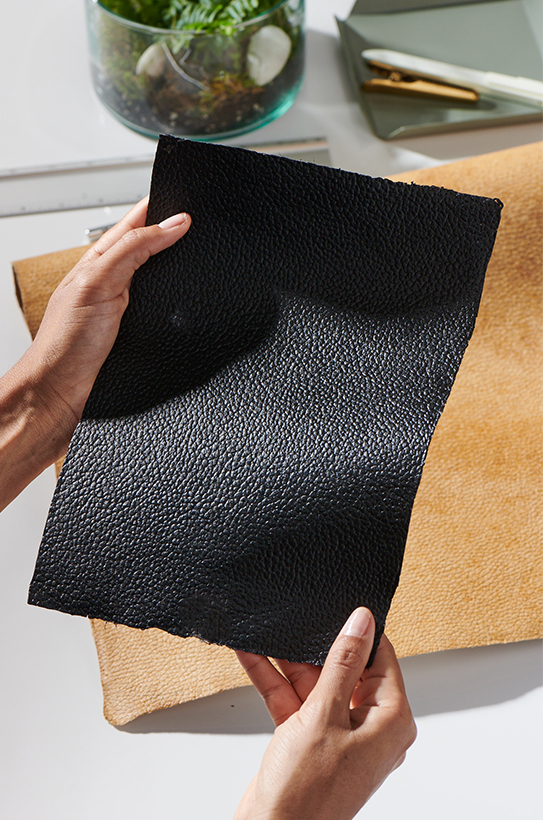
Vegan leather can also be made from mushrooms. The hats of some mushrooms are made from fibres that react with the chemical tanning agents used in the leather industry. This material will not biodegrade because chemicals have been added to it.
Other types of fungi do not require chemicals. Instead, they can be immediately transformed into fibres under the right environmental conditions. Which particular mushrooms and moulds are used? MuSkin uses a parasitic fungus, ‘Phellinus Ellipsoideus,’ that grows in subtropical regions. Another company, MycoWorks, uses fungi grown from mycelium and agricultural by-products. Recently, MycoWorks started a collaboration with Hermès for the production of vegan leather handbags and shoppers.
When harvesting wine, the grape peels, pips and stalks remain unused. For every 4 litres of wine, 1 kg of natural waste is produced. These waste products contain fibrous materials that can be transformed into a leather-like material. Milanese architect Gianpiero Tessitore developed leather from wine in collaboration with researchers at the University of Florence and founded the company Vegea, which aims to commercialise vegan leather made from grapes. In addition to fashion brands, the car industry is also interested in this vegan alternative for the upholstery of car interiors. Cultivating grapes is far less polluting than the meat industry, especially if these are grown and harvested in Europe. This is, therefore, a sustainable and animal-friendly alternative to leather.
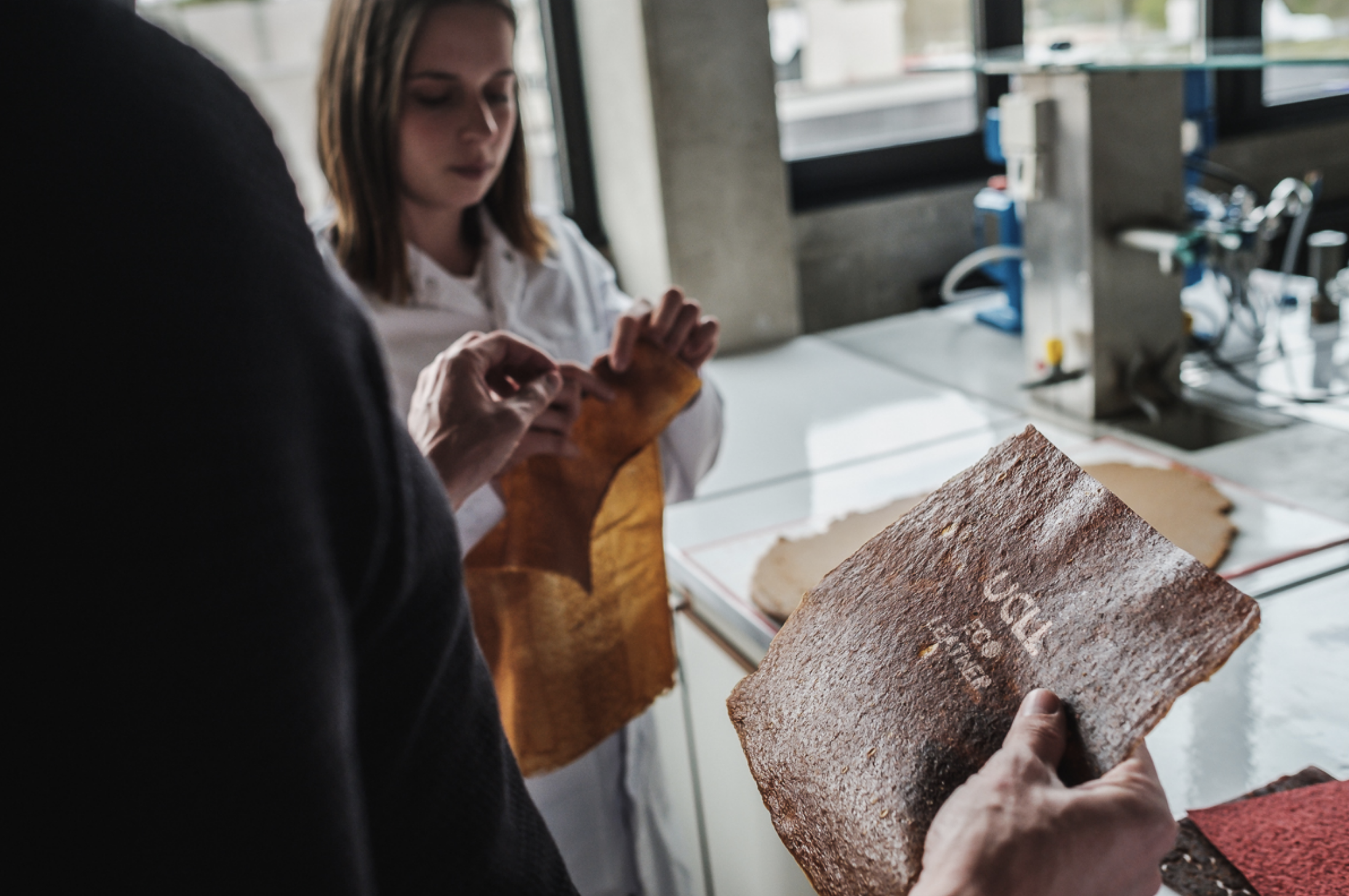
Researchers from the UCLL College of Higher Education developed Appeal, a leather made from the apple waste of Limburg’s farmers. Journalist Sarah Vandoorne interviewed the team for EOS Magazine and discovered that every year, 80,000 tonnes of apples and pears are left to rot in the fields. The researchers wanted to transform this waste into vegan leather. By mixing and baking the remains, a thin layer is created that can be further developed into handbags. The researchers still face challenges in enhancing the material’s durability, as well as its water– and tear-resistance.
The Italian company Frumat and the Danish company “The Apple Girl” also make vegan leather from the food industry’s apple residue. However, the products created by footwear brands working with these companies only contain a small percentage of recycled apple fibre. Often, the apple fibres are mixed with the polymer (polyurethane). This makes the end product less appealing because it cannot be easily recycled. In addition, experience has taught us that the durability of Appeal leather today is even lower than that of real leather, which means that your shoes will not last as long.
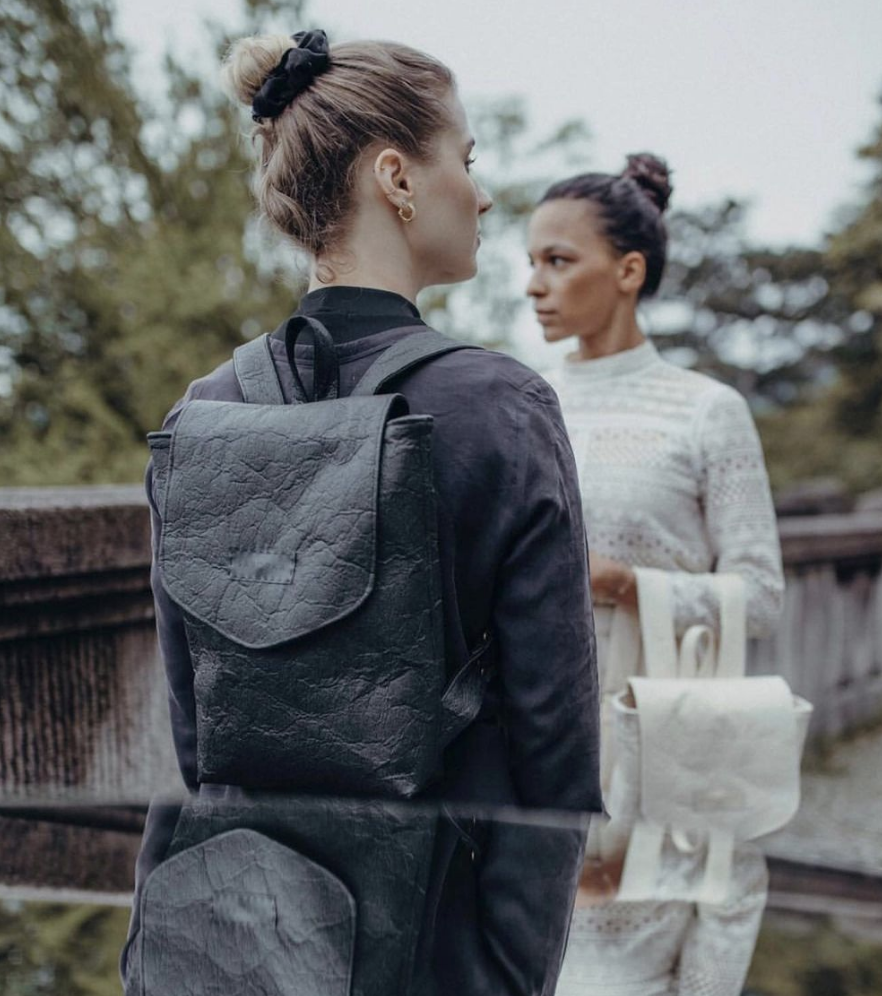
Leather-like materials can also be developed from the waste products of a pineapple harvest. Dr. Carmen Hijosa developed Pinatex fibres from pineapple leaves. The London-based team collaborated with farmers in the Philippines to extract these fibres. These pineapple fibres are then processed in Spain and transformed into Pinatex fibres.
Although a light material, Pinatex is durable and breathes easily. This vegan leather can be used for shoes, handbags, as well as furniture and car upholstery. However, pineapples are grown further away from the EU, unlike grapes or apples, so the CO2 emissions resulting from transport are significantly higher.
However, part of the Pinatex collection still contains a variety of plastics. We see that part of the collection includes 72% pineapple waste, 18% polylactide (PLA) and 10% polyurethane (PU). Another part of the collection consists of 80% pineapple and 20% PLA. Therefore, Pinatex is less environmentally friendly than initially thought but scores better than most fruit leathers.
The American company Modern Meadow has succeeded in making leather in a New York laboratory. The team developed ‘Zoa leather’ based on collagen proteins. Collagen is a substance naturally present in cow hides and provides strength and elasticity, making it ideal for shoes and handbags. The collagen is grown in the lab and transformed into new fibres, from which the ‘Zoa leather’ is created. This final material takes the form of liquid leather, making it able to take on any shape. For larger runs, the material can be poured into moulds. This way, no material is wasted, which is often the case when cutting animal hides. Modern Meadow has succeeded in developing a new type of leather alternative for which no animals are killed, but the material retains all the favourable properties of natural leather.
The US-based company Provenance Bio has also recently started developing vegan lab-grown leather with collagen as its building blocks.
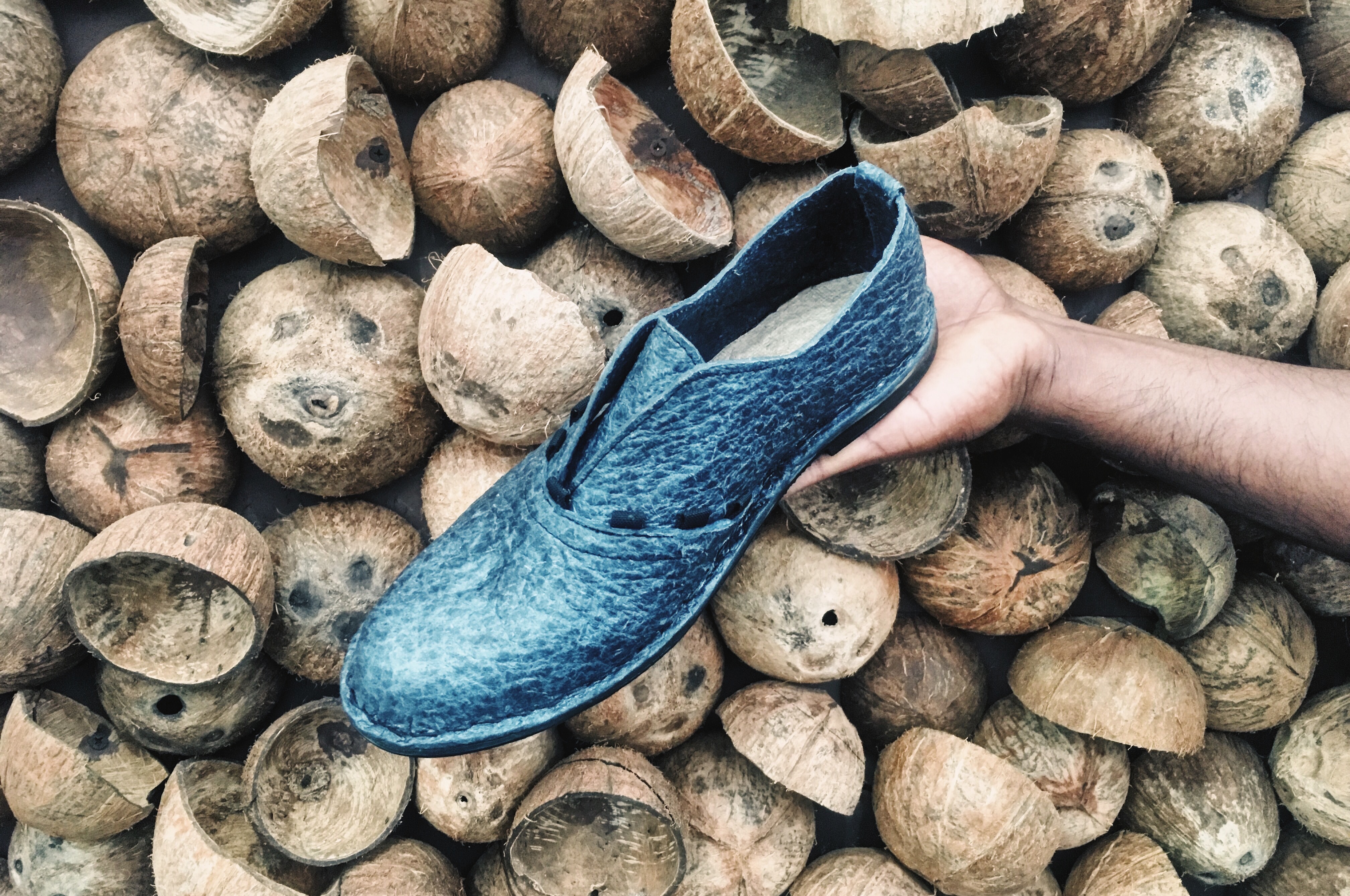
Cork, grapes and mushrooms can be turned into vegan leather without adding plastics. However, this is not the case for all plant-based products. We already read above that Pinatex blends plastics with pineapple fibres. Several vegan leather brands follow the same route, blending coffee or cactus fibres. These plant materials are not yet durable enough without added plastics to be viable alternatives to leather.
Just because a product contains natural ingredients from agricultural waste does not mean it is better for the environment. By adding plastics to vegan leather, the environmental impact increases significantly, releasing plastic particles in ecosystems and negatively affecting animals in rivers and oceans. In addition, most blended materials cannot be recycled.
Transparency of the material’s derivatives is often absent. Often, brands conceal the percentage of plastics in their vegan products or use unclear phrasing to mislead consumers.

This table was last updated on 17/10/2024.
On their website, the company Desserto states that its cactus leather is PVC-free. However, this only means it does not contain a specific type of plastic. In fact, Desserto cactus leather contains 65% polyurethane (PU) and only 35% cactus fibres. Even though PU is more environmentally friendly than PVC, it is just another type of plastic, and their vegan leather is less environmentally friendly than the brand’s claims. This blatant form of cacti greenwashing stings!
The earth’s connective tissue as a leather alternative
Although it may look and feel like leather, Bolt Threads’ mycelium-based Mylo Unleather sounds more appealing than its end-of-life-cycle is. The company collaborated with Stella McCartney and received comprehensive press coverage. Unfortunately, the leather alternative is neither fully bio-based, biodegradable, nor plastic-free. The finishing added is a water-based polyurethane. This brings us to the main issue regarding plant-based leather alternatives: their finishings.
The world’s first fully biodegradable topcoat
A recent industry breakthrough is von Holzhausen’s Liquidplant coating, which, as the company states, could make petroleum-based finishings history and all types of fabrics and materials such as wood, metal, paint and paper circular. Combined with their agricultural waste-based fabric “terra” as a backing, they are transforming plants into the materials of the future. Liquidplant consists of corn sugar, castor and flaxseed oil and seeds and is fully customisable, recyclable and biodegradable. Durability is a key issue in leather alternatives, and until now, PU has been the industry-wide solution as a topcoat to ensure performance. Liquidplant has set out to redefine the industry standard.
The new shoe brand ‘XpreSole’ by the Japanese shoe company Ccilu makes shoes from coffee. In the shoe’s composition, we also see recycled PET (polyester), PU and other types of plastic. Although marketed as a sustainable alternative, we have our doubts since only 30% of the material consists of coffee and the other 70% of plastics.
In 2019, Ultrafabrics developed Ultraleather® Volar Bio as an alternative to leather. The latest information indicates that Volar Bio by Ultrafabrics comprises 66% of a mix that includes recycled and bio-based components. The bio-based portion significantly involves materials derived from regeneratively farmed U.S. dent corn, used in producing bio-based resins like Susterra propanediol. However, material blends are very difficult to recycle and do not biodegrade. We therefore don’t think this material is a good alternative.
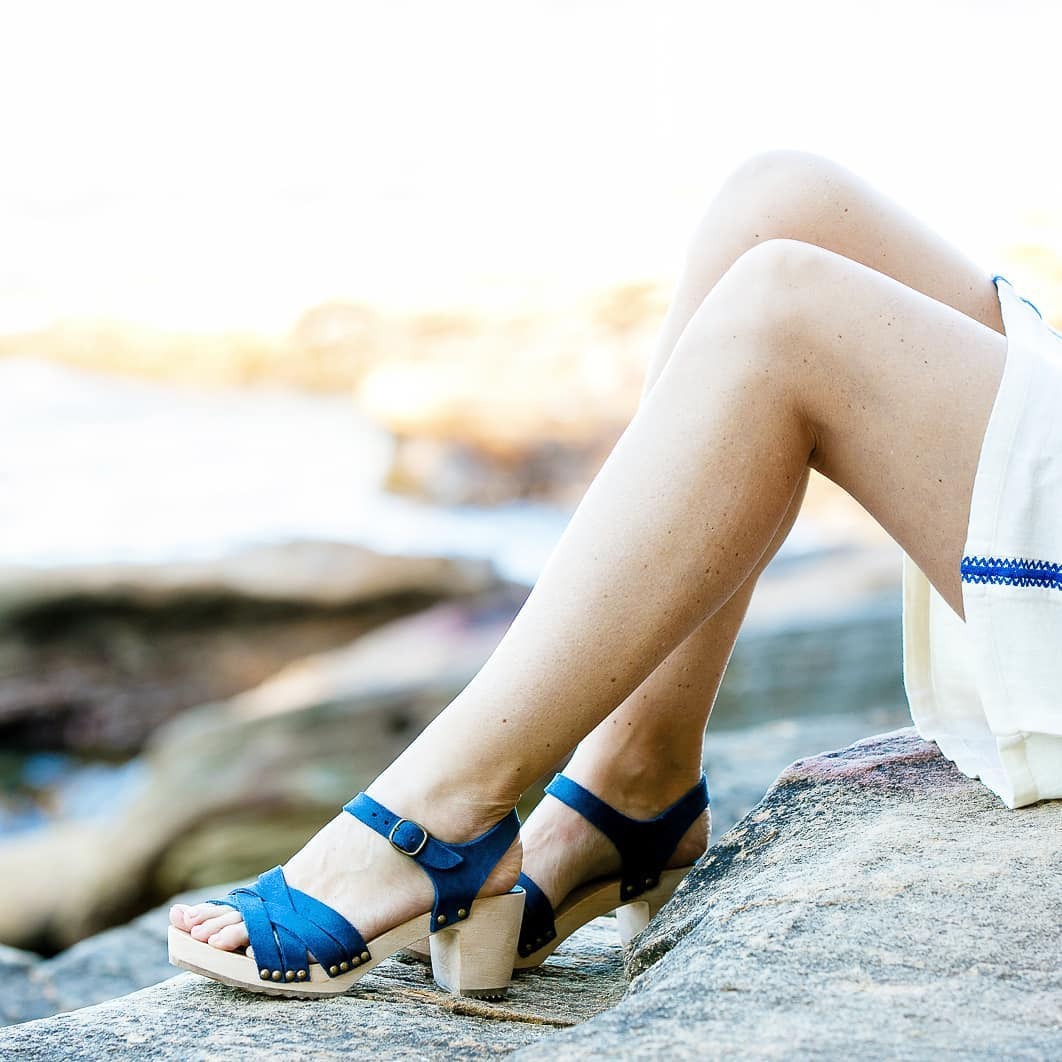
Hides are often a byproduct of the meat industry, particularly goat and sheep skins. They are considered a waste product, like grape, pineapple or apple leftovers. As long as the world’s population continues to breed livestock and fish to eat, animal skins will also exist.
Transforming the leather industry into a more humane, sustainable and environmentally friendly one is imperative. Animal welfare needs to be a priority, with production and manufacturing being transparent and occurring locally. We give preference to vegetable-tanned leather from European cattle breeding and manufacturing.
The most important certificate for leather is LEATHER STANDARD from OEKO-TEX®, a worldwide independent certification system. This label considers legal production, testing on several hundred regulated individual substances and the use of environmentally friendly production processes. The label applies to finished and semi-finished leather products. The testing criteria are updated annually, including the latest scientific findings and legislation. In addition, the NATURLEDER label has drawn up guidelines for the production of the hide, as well as for the use of the finished leather.
As a consumer, it is essential to remain vigilant about the marketing tricks of fashion brands. Just because a shoe or handbag contains plant-based ingredients doesn’t necessarily mean it’s better for the environment. Most likely, it still contains large amounts of plastics, which are detrimental to the planet’s ecosystems and marine life. At COSH! we advise you to avoid plastic blends as much as possible because they do not fit into an infinite, circular economy.
Read also: The Story Behind Your Leather Handbag and Shoes

6 November 2025

20 October 2025

16 September 2025